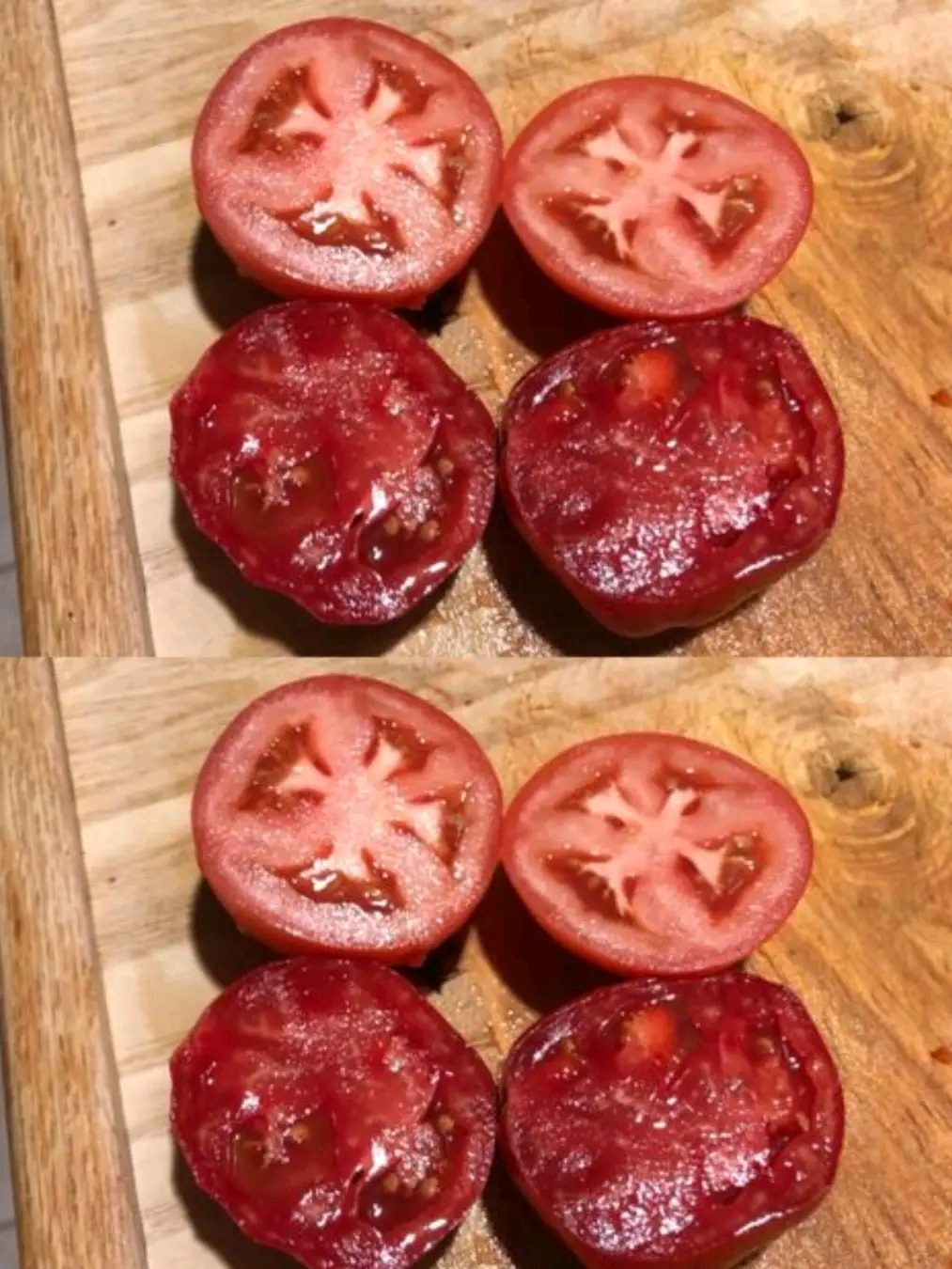I learned this from my neighbor who grows lots of veggies in her garden, and I’ve been doing it ever since! Properly storing tomatoes can make a significant difference in how long they last and how flavorful they remain. Here’s everything you need to know to keep your tomatoes at their best.
Introduction and Origin
Tomatoes, native to western South America and Central America, have been cultivated for thousands of years. Once believed to be poisonous in Europe, they are now a staple in cuisines around the world. With their juicy texture and tangy sweetness, tomatoes enhance everything from salads to sauces. But improper storage can quickly turn a firm, ripe tomato into a mushy mess.
Cultural Significance
Tomatoes are central to countless global dishes—from Italian pasta sauces and pizzas to Mexican salsas and Indian curries. They symbolize freshness, harvest, and summer abundance. In many gardening traditions, like those of my neighbor, growing and preserving tomatoes is almost a ritual that connects generations.
Ingredients Quantity
This article doesn’t follow a traditional recipe, but if you want to prepare tomatoes for longer storage (such as freezing or preserving), you might need:
- Fresh ripe tomatoes – Any quantity
- Paper towels or clean cloths – As needed
- A breathable basket or shallow bowl – 1
- Plastic bags or freezer containers (for freezing) – Optional
Optional Additions
If you’re prepping tomatoes for later cooking use:
- A dash of salt (for preservation)
- A little olive oil (for roasted tomatoes)
- A few herbs like basil or thyme
Tips for Success
- Never refrigerate unripe tomatoes. Cold damages the flavor and texture.
- Store stem-side down. This reduces moisture loss and air entry.
- Use breathable containers. Avoid airtight plastic bags unless freezing.
- Ripen on the counter. Place green tomatoes in a paper bag with a banana to speed up ripening.
Instructions
- Choose tomatoes wisely. Look for firm, smooth-skinned tomatoes without bruises.
- Keep ripe tomatoes at room temperature. Store them stem-side down in a single layer out of direct sunlight.
- Use a breathable basket or bowl. This allows air to circulate and prevents mold.
- If they become overripe, use them quickly for sauces, roasting, or freezing.
- To freeze: Wash and dry the tomatoes, core them, and place them whole or chopped in airtight containers or bags. Use within 6 months for best flavor.
- Avoid stacking. Tomatoes bruise easily, which leads to quicker spoilage.
Description
When stored correctly, tomatoes stay vibrant, plump, and bursting with flavor for much longer. Their skin remains taut, and the juicy interior is preserved. This method helps keep the garden-fresh taste alive, whether you’re slicing for sandwiches or simmering a pot of sauce.
Nutritional Information (Per Medium Tomato)
- Calories: 22
- Carbohydrates: 4.8g
- Protein: 1.1g
- Fat: 0.2g
- Fiber: 1.5g
- Vitamin C: 28% of Daily Value
- Vitamin A: 20% of Daily Value
- Potassium: 292mg
Tomatoes are low in calories and rich in antioxidants like lycopene, which has been linked to reduced risks of heart disease and cancer.
Conclusion and Recommendation
Storing tomatoes properly makes a noticeable difference in taste and longevity. Avoid the fridge unless they are already fully ripe and you need to extend shelf life by a few days. If you grow or buy in bulk, consider freezing or preserving them.
Embracing Healthful Indulgence
Tomatoes prove that healthy eating doesn’t need to be bland. Their natural sweetness and acidity make them a kitchen essential for both everyday meals and gourmet dishes. With the right storage, you can enjoy them at peak flavor—indulging in freshness without compromising nutrition.

